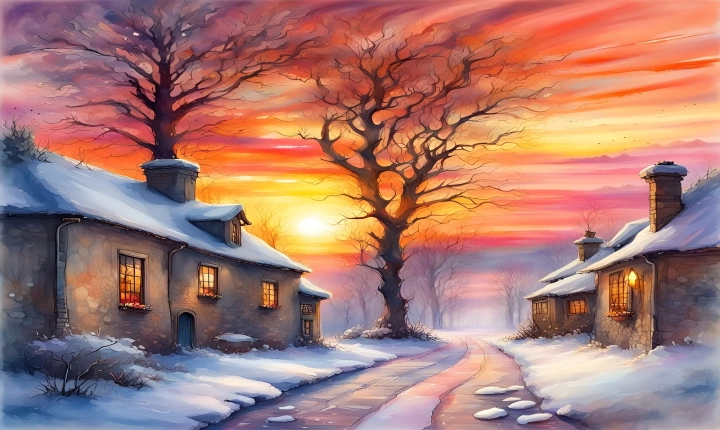Title: Behind the Scenes: How AI Art Generators are Trained
Artificial Intelligence (AI) has become an integral part of various creative industries, including art. One of the most fascinating applications of AI in art is the development of AI art generators, which are capable of creating stunning and unique pieces of art. But have you ever wondered how these AI art generators are trained to produce such remarkable artwork? Let’s take a closer look at the intriguing process behind these mesmerizing creations.
Data Collection and Preprocessing
The first step in training an AI art generator involves the collection of a large dataset of diverse artwork. This dataset consists of a wide range of art forms, styles, and genres, providing the AI with a rich source of inspiration. The collected data undergoes preprocessing, where it is organized, cleaned, and annotated to facilitate the learning process for the AI.
Feature Extraction and Representation
Once the data is ready, the AI art generator extracts meaningful features from the artwork. This involves breaking down the visual elements of the art, such as shapes, colors, textures, and patterns, and representing them in a format that the AI can understand and manipulate. This step is crucial for the AI to comprehend the underlying structure of the artwork and learn how to create similar features in its own generated art.
Training the Generative Model
The core of the training process involves using a generative model, such as a deep learning neural network, to analyze and learn from the extracted features of the input artwork. This model is trained to understand the relationships between different visual elements and to generate new art based on this learned knowledge. Through a process of trial and error, the generative model refines its ability to produce art that is both novel and aesthetically pleasing.
Feedback Mechanism and Iterative Improvement
During the training phase, the AI art generator receives feedback on its generated artwork, often in the form of human evaluations or predefined artistic criteria. This feedback loop allows the AI to continuously refine its art generation process, learning from its mistakes and successes to improve the quality of its output. Over time, the AI becomes more adept at creating artwork that aligns with artistic principles and preferences.
Adapting to Style Transfer and Creativity Enhancement
In addition to learning from existing artwork, AI art generators can also be trained to incorporate style transfer techniques and creative enhancement strategies. Style transfer involves infusing the AI’s generated art with the qualities of specific artistic styles, while creativity enhancement aims to encourage the AI to produce more innovative and imaginative artwork. These additional training methods further enrich the capabilities of the AI art generator, allowing it to produce art that transcends mere imitation.
The Future of AI Art Generators
As the field of AI art generation continues to advance, researchers and artists are exploring new training methods and technologies to push the boundaries of creativity and expression. From incorporating multimodal learning to incorporating advanced emotional and cultural context understanding, the future of AI art generators holds immense promise for creating entirely new forms of artistic expression.
In conclusion, the training of AI art generators is a fascinating and complex process that involves leveraging the power of machine learning and deep neural networks to understand, interpret, and create art. By studying and learning from an extensive dataset, these AI systems are trained to generate art that challenges the traditional notions of creativity and opens up new avenues for artistic exploration. Indeed, the intersection of AI and art continues to inspire awe and curiosity, shaping the evolution of visual expression in unprecedented ways.
